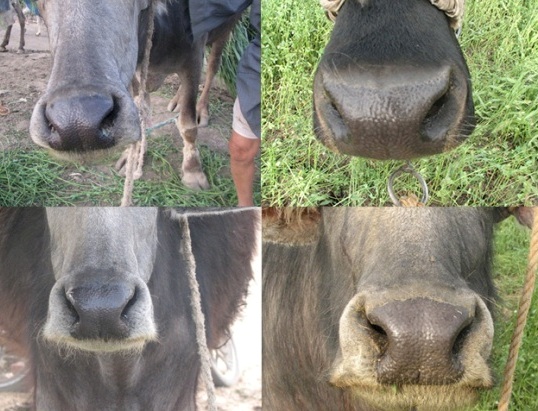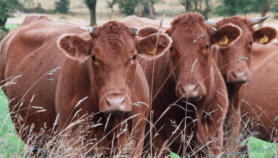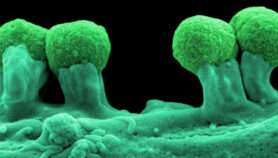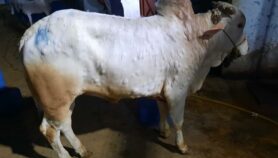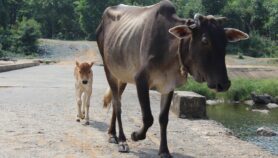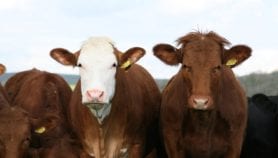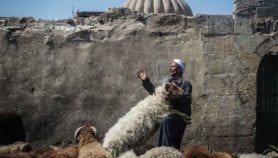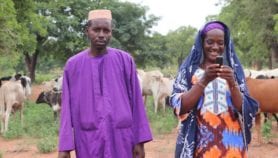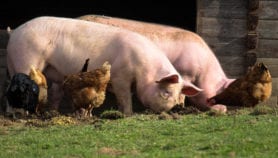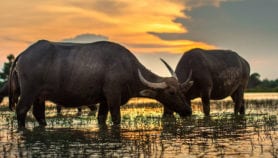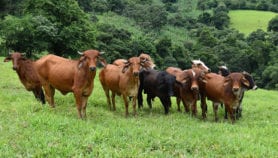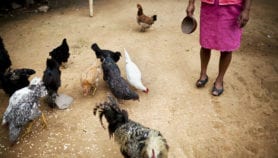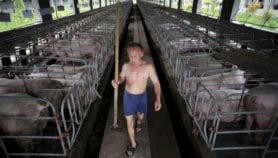By: Ola Al-Ghazawy
Send to a friend
The details you provide on this page will not be used to send unsolicited email, and will not be sold to a 3rd party. See privacy policy.
Egyptian scientists have developed a computer-based technique to identify cattle using nose prints, a study says.
The system, devised by researchers at Beni-Suef University, uses computer algorithms to detect distinct features in cattle muzzle images to classify animals. This technique has already been applied to similar biometric tasks, such as identifying human faces.
Monitoring livestock production — for instance to manage vaccination, detect fraud or follow up disease outbreaks — helps ensure the safety of cattle products, says the study published in the International Journal of Image Mining last month.
Just like humans have unique fingerprints, each animal has a unique muzzle print. While cattle muzzles have been used to identify animals since 1921, existing techniques, such as printing a muzzle image with ink and paper, can be time-consuming, the paper says. Other traditional identification methods used in developing countries, for example tattooing, ear tagging or hot iron branding, are painful for animals.
By contrast, the Egyptian method relies on taking digital photographs of cattle muzzles. The pictures are processed to extract features before an algorithm analyses the content of each print, which is then classified and added to a database.
The researchers built a database of about 20 such pictures for each of 52 animals, which they used to ‘train’ the system to classify muzzles, says study co-author Hagar El Hadad. Once this training was done, they tested the system using pictures of other animals, and found that it correctly identifies animals 96 per cent of the time, compared with 90 per cent for traditional methods.
But Hossam Zawbaa, a computer researcher at Babeș-Bolyai University in Romania, says it is hard to compare the accuracy of different techniques. “We can’t make a comparison with any existing methods because most of them use their own datasets, which means there is no benchmark dataset available for such comparison,” he says.The authors admit that the method needs refining, to increase its accuracy and reduce the processing time for large groups of cattle, before the technique can be used on farms.
“We need governmental cooperation, high resolution digital cameras, high technology computers and staff trained to use the system,” El Hadad tells SciDev.Net.
References
Hamdi A. Mahmoud and Hagar Mohamed Reda El Hadad Automatic cattle muzzle print classification system using multiclass support vector machine (International Journal of Image Mining, 29 June)


